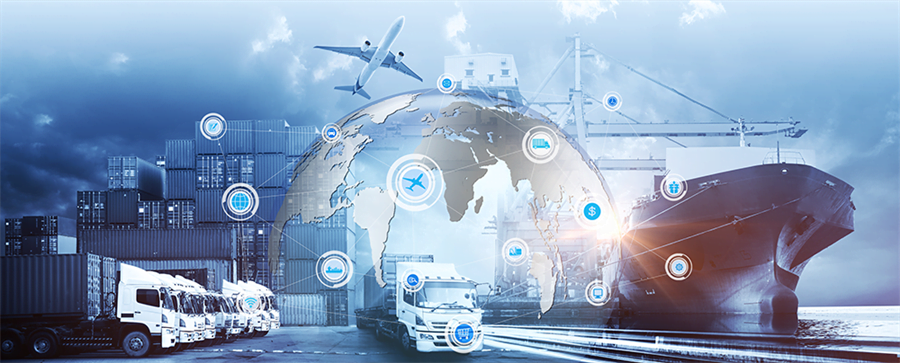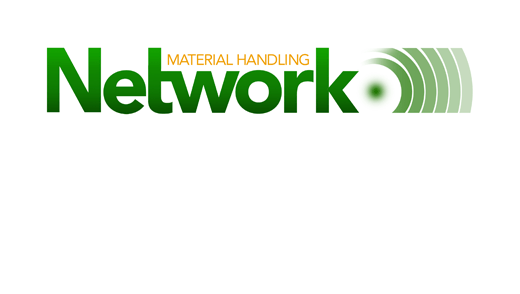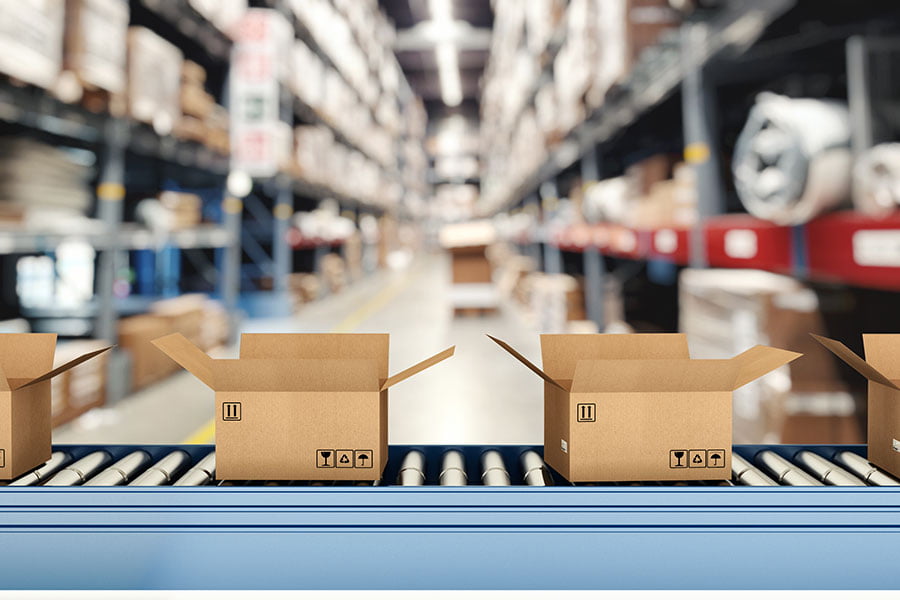Published August 25, 2020
I have read several articles discussing the post-COVID-19 future of supply chains and the need for supply chain leaders to take appropriate actions to prevent future disruptions. To be candid, most of these articles are sophomoric and-to be blunt-a waste of time. Yes, the following list of suggestions is important but do the authors of the articles really believe that they need to mention these again to supply chain leaders:
- Take temperatures of everyone entering the worksite
- Train employees on workplace hygiene
- Practice social distancing
- Encourage sick employees to stay home
- Have phased reintroductions to the worksite
- Limit the number of people in face-to-face meeting
- Eliminate supply chain points of failure
- Increase supply chain resilience and visibility
- Be prepared for a second wave of COVID-19
- Stay informed on the status of COVID-19
The continual repetition of these same points was of value back in March and April, but I know of no supply chain leaders who do not already know all of these basics. So what should supply chain leaders really be doing? Let me begin with three foundational quotes:
- “Crisis does not alter history; it just accelerates it.” – Unknown
- “And once the storm is over, you won’t remember how you made it through, how you managed to survive. You won’t even be sure whether the storm is really over. But one thing is certain: when you come out of the storm, you won’t be the same person who walked in. That’s what this storm is all about.” – Haruki Murakami
- “Crisis never reverts to normal, but rather begets the next normal.” – Unknown
These three points are clear:
- Our path will be accelerated because of the crisis
- We will change because of the crisis
- We must be ready for the next normal because of the crisis
Let me use these three points to headline the real message supply chain leaders need to embrace to be successful going forward after COVID-19.
OUR PATH WILL BE ACCELERATED
I wrote a paper in June 2012 entitled “Retail at a Crossroads.” Over the next two years, I wrote similar papers on manufacturing and distribution. The point of these papers was that industry was nearing a dangerous intersection of business as usual vs. success going forward. This crossroads was a result of the digitalization of business and life. The digitalization of business was led by Amazon and the digitalization of life was led by Apple, Facebook, Google and Twitter. The advent of social media, technology and customer sophistication beget a crossroads that if the business as usual path was followed would beget turmoil and bankruptcy, but if the right strategy, technology and supply chain was followed would beget amazing success. In the paper, I predicted:
- By 2015, U.S. online business would be $280 billion in 2015. The reality is in 2020, the U.S. online business will be over $700 billion. COVID-19 has accelerated online business.
- In 2012, 60% of all U.S. consumer goods manufacturers were selling direct to consumer (D2C). Today, that number is over 90%. COVID-19 has accelerated D2C selling by consumer goods manufacturers.
- I detailed in the paper the shocking fact that between 2000 and 2011 (a 12-year period), 16 retailers went bankrupt. This compares to the first 7.3 months of 2020, where the same number of retailers went bankrupt. Clearly COVID has accelerated the rate of retail bankruptcies.
- Lastly, it was clear in 2012 that the number of store closings was going to grow. I believed that more than 5,000 stores would close per year by 2017. The number did go above 5,000 stores per year and in fact was over 7,000 in 2017. The amazing fact and a clear indication that COVID accelerated store closings makes my estimate of the number of stores to close in 2020 is 25,000.
In an article titled “COVID-19 Forces Levi to Accelerate Its Consumer Shift Strategy” in the Wall Street Journal on August 1, Levi Strauss CFO Harmit Singh says that because of COVID-19 “the company has squeezed a couple of years of change into a few months.”
In a similar way, in July 2017, I wrote a paper titled “Food Fight: Discovering Eight Truths of the New Era of Retail.” In this paper, I stressed how grocery customers were not yet ready for the level of online ordering as in many other sectors but that in 10 years, grocery would hit an inflection point where buy online pick up in store (BOPIS) combined with curbside pickup would reach 25% of all retail grocery dollars. What happened, however, is that I was wrong-in 2020, COVID-19 accelerated online grocery shopping and the 25% plateau was passed in only three years.
It is clear that COVID-19 has moved the supply chain clock forward at least a couple of years and possibly-in some circumstances-as many as 10 years. This acceleration of the requirements of companies’ supply chains requires an accelerated approach to enhancing our supply chains to meet these requirements.
OUR PATH MUST CHANGE
I gave my first speech on VUCA (volatility, uncertainty, complexity, ambiguity) in June 2019. It was clear that the level of VUCA throughout the business world-brought on by digitalization and the pace of innovation-that the basics of business must be changed. I put forth a plan for optionality versus optimality to address the level of VUCA that was occurring. It was clear that the rate of occurrence of Black Swan events that simply pursuing continuous improvement or transformation was not adequate. It was clear that reinvention was mandatory to keep pace with the rate of change. Well, little did I know that just around the corner the largest global VUCA of all time would occur-COVID-19. It has become clear that COVID-19 is a whole new level of health, economic and societal impacts and chaos. This obviously has massive impacts on the practice of supply chain right to the core of balancing supply to demand.
The rate of supply chain change that must occur depends upon the status of your supply chain before COVID-19 and the industry you are in. If your supply chain was creating value for your firm and supporting profitable growth, then it is a positive supply chain. If, to the contrary, your supply chain is still in a reduction of cost mode and not an asset to the firm, it is a negative supply chain. If you are in an industry that is benefiting from COVID-19 (cleaning products, grocery stores, e-commerce and streaming services), this is a positive industry. If, to the contrary, you are in an industry that is hurt by COVID-19 (restaurants, hotels, airlines, cruise lines), this is a negative industry. Therefore, there are four types of firms for which the rate of supply chain change can be established:
- Positive supply chain/positive industry: Your supply chain must increase capacity to keep pace with the growth you are experiencing.
- Negative supply chain/positive industry: Your supply chain needs to be reinvented to meet the requirements being placed upon it.
- Positive supply chain/negative industry: You must reduce costs, conserve cash, maintain good customer relations and stay alert as to when your industry turns, and you can return to profitability.
- Negative supply chain/negative industry: Not a good situation. If your company has the cash and the will to survive, you need to reinvent the supply chain to be in a position to support profitability once your industry turns. If you company lacks the cash or the will to survive, you want to update your resume and take the lessons learned to a new company.
The interesting thing here is no matter which supply chain and industry group you fall under, every company must go through significant change as a result of COVID-19.
OUR PATH WILL CONTINUE TO EVOLVE
A common question these days is “When will we return to normal?” The answer to this is very simple: never. The old normal is gone. Just like my parents often spoke about the Great Depression as a life-changing event, so too will everyone who is alive today will speak about 2020 and how COVID-19 changed everything. Another question often asked is “When will we get to the new normal?” Interestingly, the answer to this question is the same: never. The reality is the magnitude of COVID-19 and the impact on individuals, families, communities and companies is inescapable. The impact on individuals, families, communities and companies is huge. In fact, the impact is so pervasive that the path forward will not settle down to some new norm, but rather will move from today to a new norm, another new norm and so on. For us to deal with these nonstop evolutions, we must adopt a mindset of constant diligence of how our circumstances are evolving and when it is appropriate for us to pivot from one solution to the next. This informed pivoting is critical for us to ensure our supply chain continues to keep pace with its contribution to the overall success of the company.
NEXT GENERATION SUPPLY CHAINS MUST ACCELERATE, CHANGE AND EVOLVE
The three foundational points presented in this article clearly state that next generation supply chains must accelerate, change and evolve. Here are the four most important characteristics of how next generation supply chains must accelerate, change and evolve:
- Accelerate
- Organizational leadership has started to understand that supply chains are not about cost reduction but rather about value creation via enabling profitable growth, but the application is too slow.
- The shift of commerce from stores to online is occurring, but the rate of developing distribution and fulfillment facilities is too slow.
- Robotics have been increasingly gaining acceptance, but the rate of adoption is too slow.
- The digitalization of supply chains has started to replace obsolete IT and manual processes, but the rate of conversation is too slow.
- Change
- Fundamental supply chain decisions with respect to sourcing, product rationalization and customer service need to change to allow the next generation supply chain to achieve excellence.
- Organizations need to understand that annual budgets are a financial plan that are a useful guide, but wrong when approved and must be changed as the year progresses.
- The need for 3Pls in today’s dynamic business environment is great, but most 3PLs lack transparency, accountability and responsiveness. The 3PL industry must change to become a customized and dynamic logistics provider industry.
- The sense of urgency, desire for action, speed of performance and creation of adaptability and agility must undergo major change for supply chains to maximize their contributions.
- Evolve
- Supply chain leaders have a mindset on how their supply chains should function and do not realize the level of disruption that has occurred and thus their change is too slow. A supply chain leader’s mindset must evolve as the needs of the supply chain evolve.
- Customer requirements continue to evolve and so should our distributed logistics network. Too many supply chains are providing customer service based on obsolete definitions of customer requirements and thus resulting in poor customer satisfaction.
- End-to-end supply chains are no longer about your supplier, yourself and your customer, but must evolve to being a network where all parties have total real-time visibility of the many supply chains impacting your ability to perform.
- Lean inventory management must not be dismissed due to uncertainty, but rather evolve to a demand-driven network of smart inventory management where we have the ability to synchronize supply to demand.
Next generation supply chains must accelerate, change and evolve to meet the requirements going forward. Maintaining the status quo or the pursuit of supply chain continuous improvement will beget organizational failure. Next generation supply chain leaders must be quick, adaptable and responsive to the next normal of supply chain customer requirements, the next normal and beyond.



